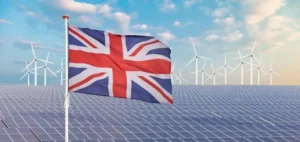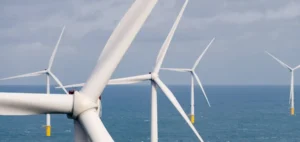ENGIE Chile announces the conclusion of an agreement for the purchase of the San Pedro wind farm, located in the province of Chiloé. This is part of its commitment to decarbonize its energy matrix.
An ambitious project
ENGIE Chile announces that the wind farms San Pedro I and II, currently produce 101 MW with 31 wind turbines. In addition, a second wind power project is being developed with a capacity of up to approximately 151 MW. However, the commercial operation remains subject to the approval of the National Economic Prosecutor’s Office.
The energy company entered into a share purchase agreement with the companies and shareholders that own the wind farms. The group is thus pursuing its strategy in the country. Axel Levêque, the CEO of ENGIE Chile, explains:
“This transaction marks an important step in ENGIE’s history in Chile, as Parque San Pedro would be our first wind power plant in the south of the country. This decision is part of our transformation program that allows us to add CO2-free energy and strengthen our geographical balance to supply our customers. We want a cleaner environment, but also a safe and reliable electricity system for all, in line with the commitment we have made to the country.”
ENGIE Chile, a diversified company
In 2021, ENGIE Chile has completed other projects in Chile. Indeed, the company connected the Calama wind farm system to the Tamaya solar power plant. Soon will be finalized the commissioning of the photovoltaic parks of Coya and Capricornio, located in the Antofagasta region.
Recently, the company pulled the plug on its last coal-fired unit at the Tocopilla thermal complex. It will operate only through a combined cycle running on gas. The company will continue to push for concrete measures to accelerate the transition to a carbon-free world.






















